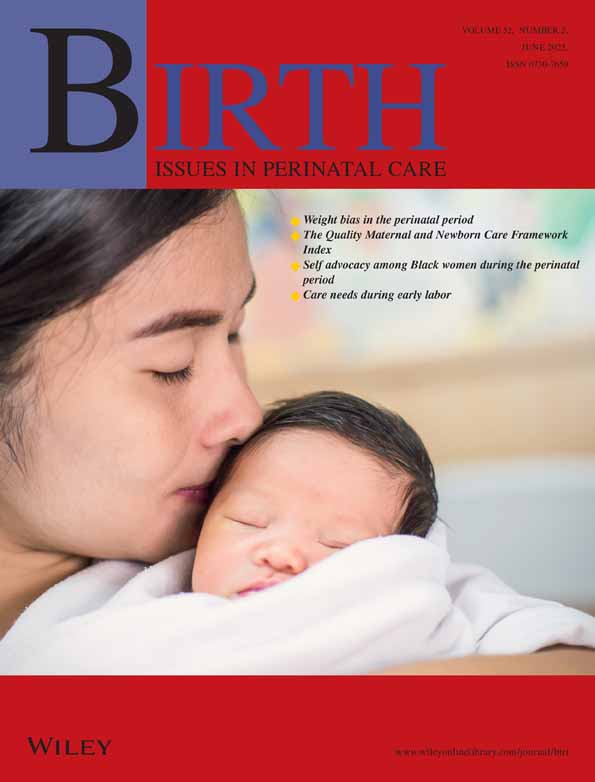Reducing Cesarean Section Rates Safely: Lessons from a “Breakthrough Series” Collaborative
Abstract
Background:
Almost one million cesarean operations are performed each year in the United States. The objective of this project was to test the hypothesis that a structured collaborative effort can help participating health care organizations to reduce their cesarean delivery rates safely.
Methods:
Experts associated with the collaborative helped participant organizations to explore several categories of change concepts and to develop action plans for safely reducing their cesarean delivery rates. Over the course of one year participants attended three two-day learning sessions. In the interval between these sessions, collaborative participants communicated by weekly conference calls and a dedicated Internet site.
Results:
Of 28 participating organizations, 15 percent achieved cesarean delivery rate reductions of 30 percent or more during the 12-month period of active collaborative work. An additional 50 percent achieved reductions between 10 and 30 percent.
Conclusions:
The Healthy People 2000 goal of a cesarean delivery rate below 15 percent by the year 2000 is attainable. Clinical leadership from doctors and nurses toward the achievement of that goal is timely, ethical, and in the best interests of childbearing women in the United States. (BIRTH 25:2 June 1998)




